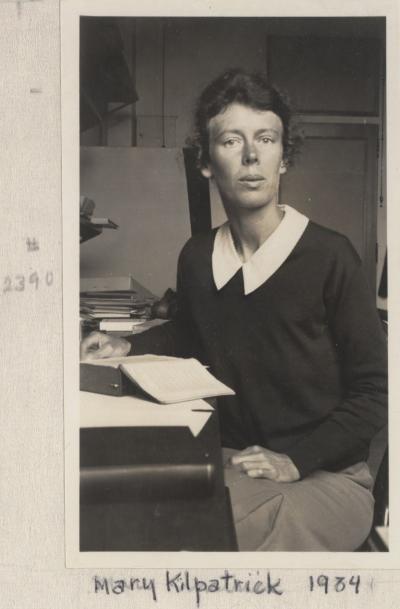Matching Items (2,877)
Filtering by
- Creators: Arizona Board of Regents

Description
This thesis is an art-historical inquiry into the National Endowment for the Arts (NEA) and its controversies in the 1990s. A socio-economic model of instrumentalization of the arts based on Pierre Bourdieu's and David Throsby's conceptualizations of cultural capital is first developed. The model is then used to explore the notion of "congressional aesthetics," or a particular brand of arts-instrumentalization adopted by the U.S. Congress for post-WWII federal projects involving art, and two cases of its implementation. The first case is the successful implementation of congressional aesthetics in the instrumentalization of the arts in Sino-American cultural diplomacy during the Cold War. The kind of American art in the 1950s enabled the successful implementation of congressional aesthetics. The opposite case is then investigated: the failed implementation of congressional aesthetics in the operation of the NEA in the 1980s. Specifically, the NEA controversies of the 1990s can be traced to the agency's failure to conform to congressional aesthetics. Failed congressional aesthetics also results largely from the type of American art being produced in the 1980s.
ContributorsShockley, Gordon E., 1968- (Author) / Mesch, Ulrike (Thesis advisor) / Sweeney, J (Committee member) / McNeely, Connie (Committee member) / Arizona State University (Publisher)
Created2015

ContributorsMarine Biological Laboratory Archives (Publisher) / Arizona Board of Regents (Publisher)
Created1925-19-39 (uncertain)

ContributorsMarine Biological Laboratory Archives (Publisher) / Arizona Board of Regents (Publisher)
Created1934

ContributorsMarine Biological Laboratory Archives (Publisher) / Arizona Board of Regents (Publisher)
Created1926

ContributorsMarine Biological Laboratory Archives (Publisher) / Arizona Board of Regents (Publisher)
Created1926

ContributorsMarine Biological Laboratory Archives (Publisher) / Arizona Board of Regents (Publisher)
Created1926

ContributorsMarine Biological Laboratory Archives (Publisher) / Arizona Board of Regents (Publisher)
Created1928

ContributorsWallace, Charles (Contributor) / Walls, Sarah (Creator) / Arizona State University. School of Life Sciences. Center for Biology and Society. Embryo Project Encyclopedia. (Publisher) / Arizona Board of Regents (Publisher)
Created2022-01-12

Description
Human Papillomavirus, or HPV, is a viral pathogen that most commonly spreads through sexual contact. HPV strains 6 and 11 normally cause genital warts, while HPV strains 16 and 18 commonly cause cervical cancer, which causes cancerous cells to spread in the cervix. Physicians can detect those HPV strains, using a Pap smear, which is a diagnostic test that collects cells from the female cervix.
ContributorsSantora, Emily (Contributor) / Walls, Sarah (Creator) / Arizona State University. School of Life Sciences. Center for Biology and Society. Embryo Project Encyclopedia. (Publisher) / Arizona Board of Regents (Publisher)
Created2021-04-06
Description
Johann Gregor Mendel studied patterns of trait inheritance in plants during the nineteenth century. Mendel, an Augustinian monk, conducted experiments on pea plants at St. Thomas’ Abbey in what is now Brno, Czech Republic. Twentieth century scientists used Mendel’s recorded observations to create theories about genetics.
ContributorsWallace, Charles (Contributor) / Walls, Sarah (Creator) / Arizona State University. School of Life Sciences. Center for Biology and Society. Embryo Project Encyclopedia. (Publisher) / Arizona Board of Regents (Publisher)
Created2022-01-13